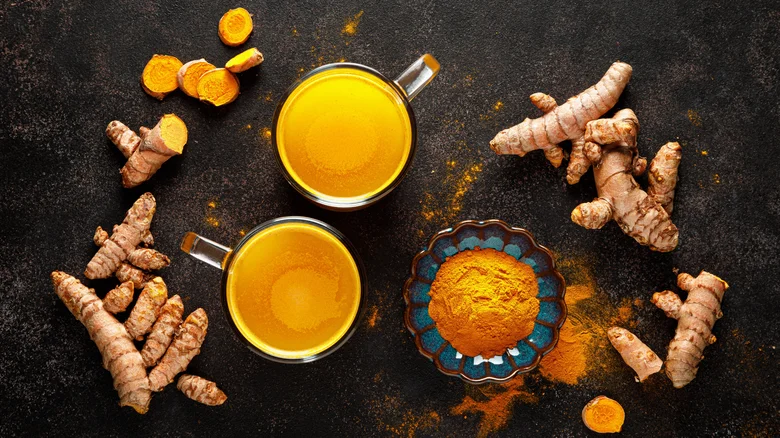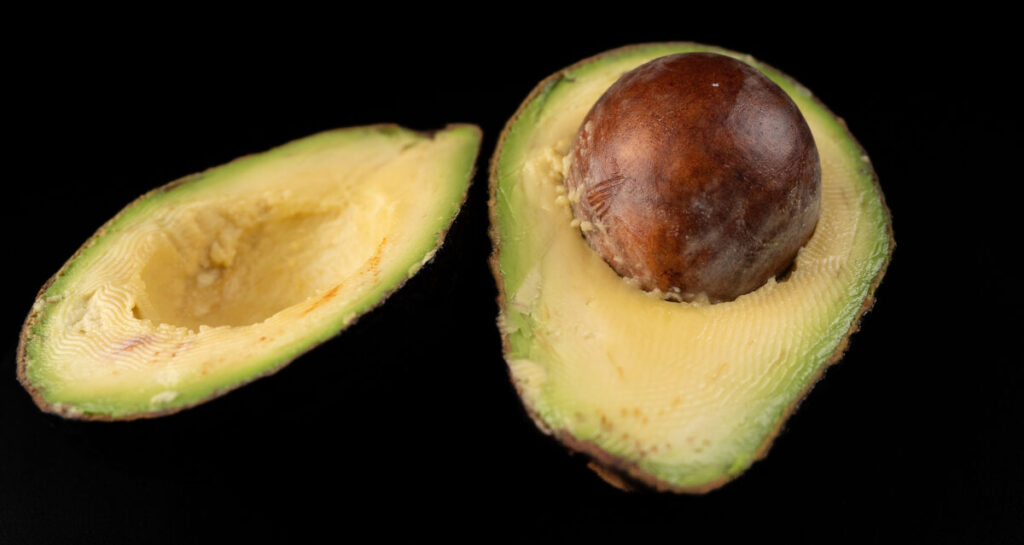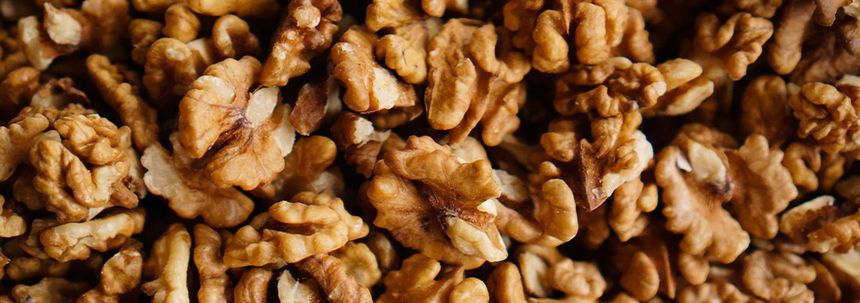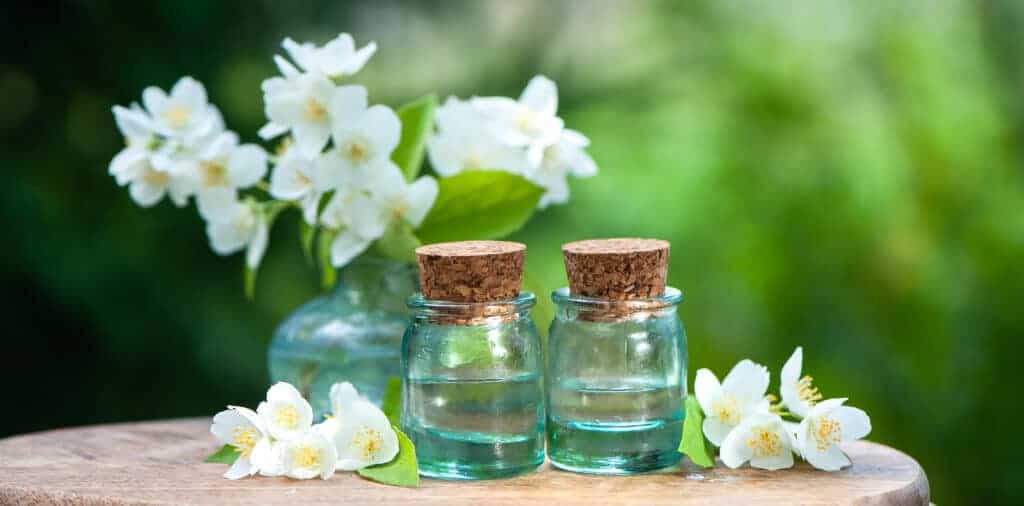What to Know About Paul Penders Jasmine Shampoo
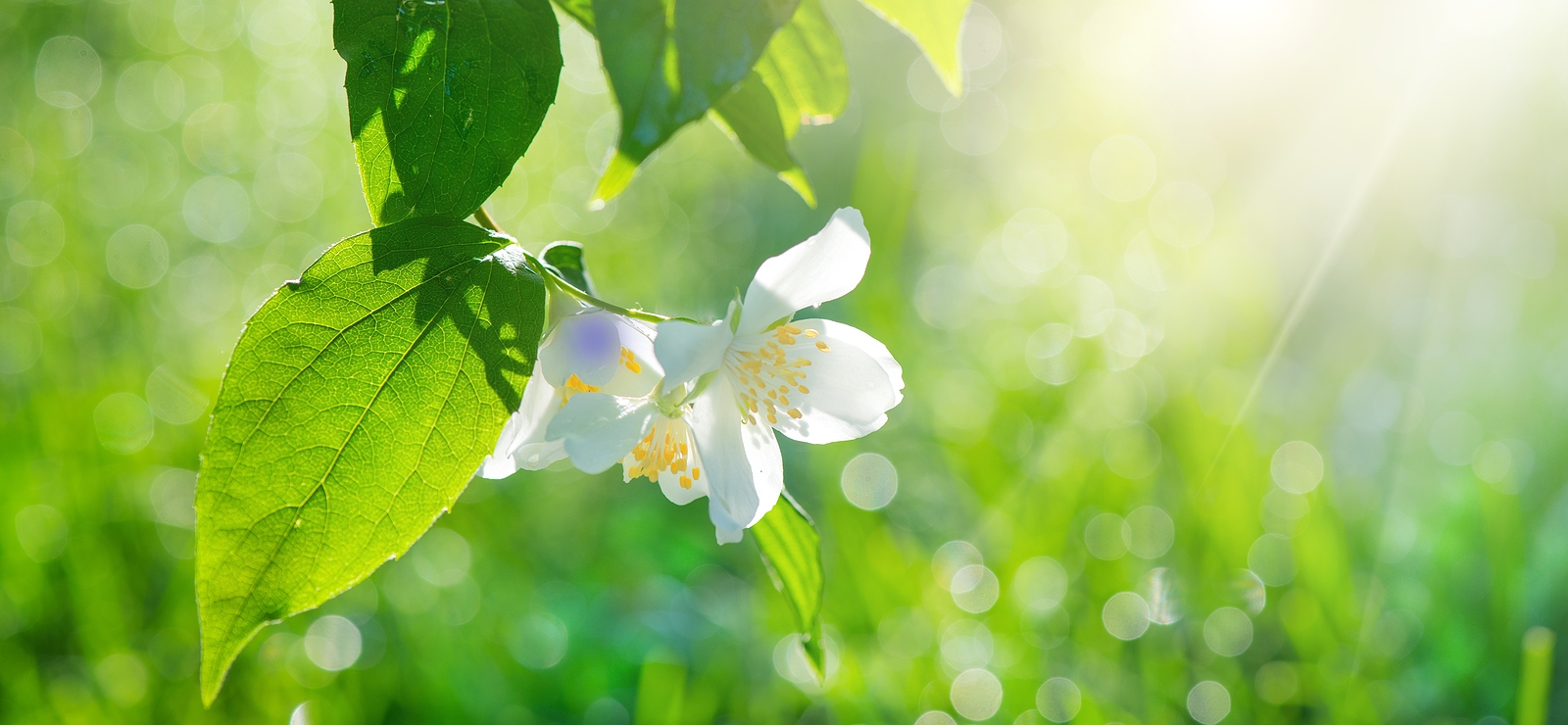
Have you ever walked in the nature and sudden smell this delicious fragrance of jasmine from far away? Did you know there are over 200 different species of the jasmine plant? As someone who has lived in Southeast Asia for the past 12 years, jasmine’s sweet natural fragrance gives me an ecstatic moment of happiness! At Paul Penders, we have been using jasmine essential oil in our products for decades. Read this blog, and you get to know why we use it in Paul Penders Jasmine Shampoo!
Jasmine Essential Oils Fragrances
One of the best fragrances in the cosmetic industry is jasmine, which is an essential oil used in skin lotions, body oils, and shampoos. Its fragrances are characterized by sweet floral top notes supplemented by a refined woody musk. The essential oil has a sensual and fruity scent that captures the intense sweet earthly odors.
However, that’s not all. The combined scents in jasmine uniquely amalgamates the masculine wilderness and feminine sweetness. That makes jasmine universally attractive, hence a top component in cosmetic therapy.
Short History of Jasmine Essential Oil
The history of Jasmine essential oils is impressive. Jasmine use originated from Northern India and Ancient China and later spread to other parts of the known world, such as Ancient Egypt. That’s impressive considering the period spans approximately 30 years of continued Jasmine use today.
At Paul Penders, the use of jasmine essential oil is as old as the company. We extract the oil from several types of jasmine plants scientifically known as Jasminum officinale. The use at the company resulted from the environmentalist approach adopted by Paul Penders at its conception. That, coupled with the philosophy of “no chemicals” and “no animal testing” in our products, ensures the use of Flora such as jasmine. At Paul Penders, jasmine essential oils have been used for over 50 years now, and customers have loved the products.
How Jasmine Essential Oil is Made
Jasmine essential oil is extracted from the flowers of Jasminum officinale. The extraction of jasmine essential oils is a two-step process involving natural solvents and distillation processes.
The first step involves using hexane to extract “jasmine concrete,” which is a waxy-buttery solid. The resulting jasmine concrete is then severally washed with ethanol allowing it to dissolve but preventing the waxy component from dissolving. This wax is then removed through filtration. That marks the end of phase one of chemical solvents.
The second step involves distillation of the ethanol-absolute solution, which separates jasmine essential oils from ethanol.
Jasmine Essential Oils Benefits to the Hair & Scalp
Since its discovery and use in shampoo, several benefits may be associated with the use of jasmine essential oils. However, such benefits vary from one person to another. It is important to note there exist several advantages of using jasmine-made shampoo for everyone.
Circling back to the jasmine-made shampoo, here are some benefits users may enjoy for the hair and scalp.
- Protection from potential hair breakings.
- Moisturizing of the scalp, skin, and hair. The nourishing of the scalp is key to maintaining soft and smooth hair.
- Purification from bacterial build-up as jasmine is an antiseptic.
- Helps to eliminate dandruff that affects the scalp.
- Known for strengthening of the hair roots
- Helps the growth of thicker and longer hair strands.
Why Paul Penders Time Release Jasmine Shampoo
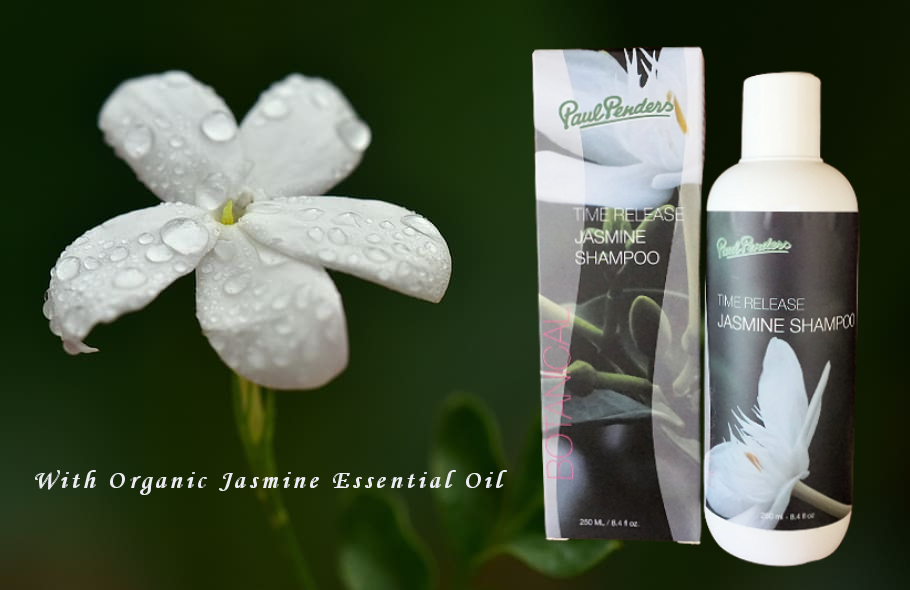
The good news is that you don’t have to worry about accessing Paul Penders Time Release Jasmine Shampoo. You need us! We’ve got you! That’s why the Jasmine Shampoo is available in all online & retail stores worldwide next month.
So next time you see a Jasmine flower, absorb all the delicious fragrances, be happy, and consider its incredible benefits for the body, hair & soul


